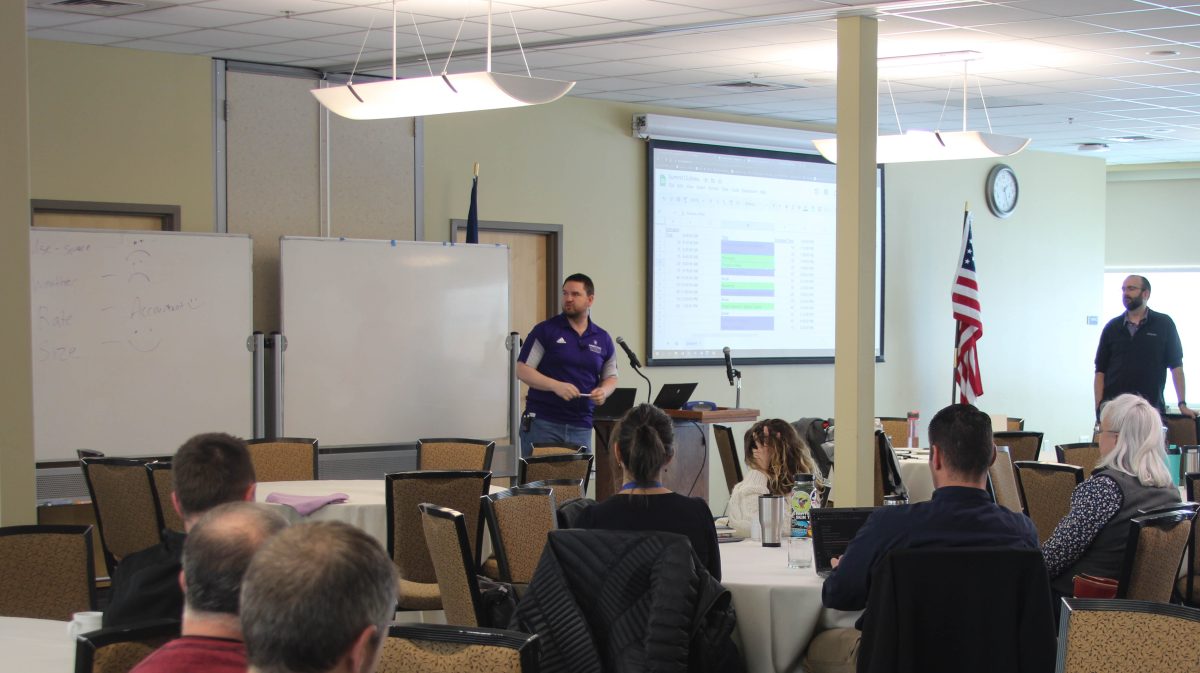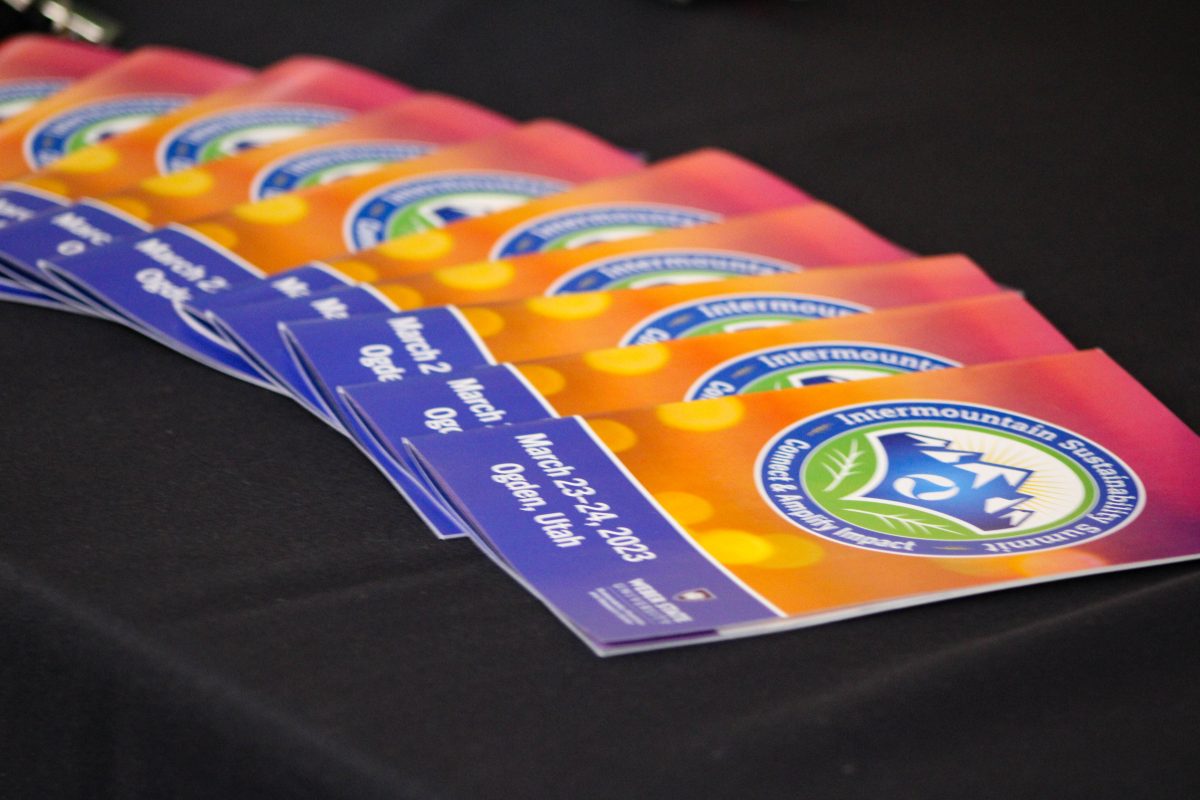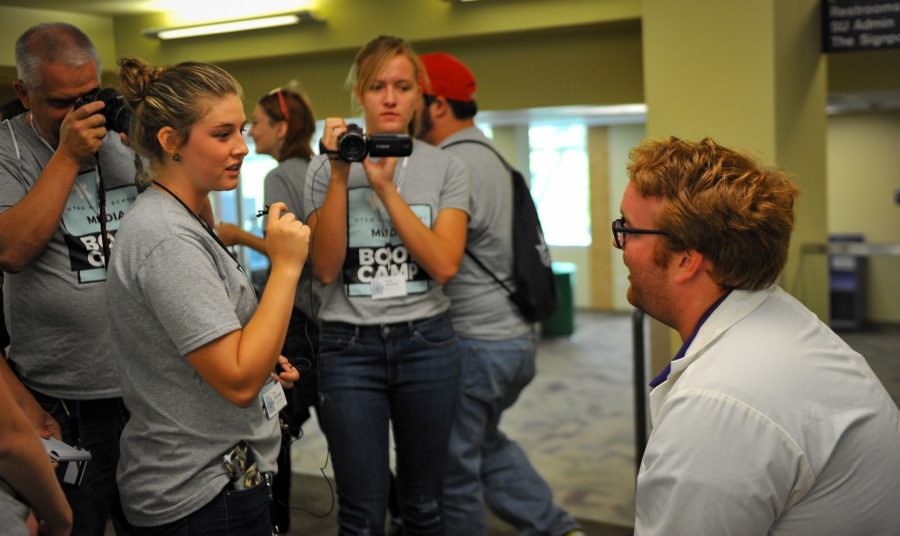What if mermaids were real? More importantly, what if mermaids were being killed left and right by human-related causes, such as habitat destruction or disease? Wouldn’t that be something we would want to stop?
Long ago, around the days of Columbus, sailors claimed to have seen mermaids in the waters around the new world. They would rise to the surface, curious and docile, and disappear with a wave of their tails. After more exploration, the sailors realized that what they were seeing were not mermaids, but something equally odd, unique and implausible in appearance: the sea cow.
Manatees, or sea cows, are a dying breed. The species is already heavily endangered, but this year’s tide of toxic red algae bloom has been especially devastating. According to a study done by the Florida State Fish and Wildlife Research Institute, roughly 250 of Florida’s 5,000 living wild manatees have been killed this year by toxins in the algae. The toxins cling to sea grasses, a manatee’s main source of food. As manatees go about grazing, eating up to 100 pounds of this sea grass every day, the toxins begin to affect the animals’ nervous systems.
The manatee is a slow-moving and curious beast, two attributes not well suited to a world with more and more dangers. Growing to be as long as 13 feet (about the length of a small car) and as much as 1,300 pounds, their bodies are round and floppy, and seem to defy all sense. How could an animal that looks like a cow, but has flat, rubbery paddles where its legs should go, have survived as long as it already has?
Deaths among these animals almost always occur because of something humans have done. They have very few natural predators — they seem to be even a bit too big for alligators to have a go at them — and thus haven’t developed the flight instincts necessary to keep them away from humans. Violent accidents with propeller-driven ships are a major cause of death for manatees: The waters they graze in are shallow (3-6 feet), and are often home to fishing boats and kayaks. Most manatees spotted in the wild have the telltale scars of spiral propeller cuts on their hides. Some wildlife experts have even come to identify local manatees by the scarring patterns on their backs, with more than 50 scars on the backs of most specimens. Manatees are also killed by humans via dangerous fishing gear and by being crushed in water by navigation locks or floodgates.
The red tide, however, is the most dangerous of all these threats. The microscopic marine algae, also called phytoplankton, wreaks havoc on the central nervous systems of the manatee. Some species of red tide appear to have entirely natural causes, while others appear to be the result of increased nutrient-loading from human activities. Many experts see that coastal pollution and the increase of water temperatures (a result of global warming) are causing red tide phytoplankton to spread in uncharacteristically large ways, wiping out manatees in unprecedented numbers.
So, manatees might not be as exciting as mermaids, but they are just as lovable. This unique and dwindling species deserves saving.














